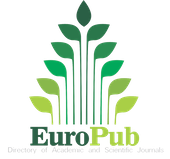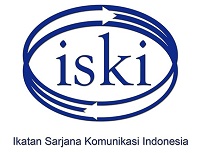Development Communication in Indonesia: Programmes, Methods, and Approaches
Abstract
Keywords
Full Text:
PDF (Bahasa Indonesia)References
Gelia, T. Castillo. 1983. How Participatory is Participatory Development. Philippines Institute for Development Studies.
Harun, Rochajat. 1996. Kebijaksanaan Penyuluhan Pertanian di Indonesia. Jakarta: Pusat Penyuluhan Pertanian, Departemen Pertanian.
Martaamidjaja, A.S. 1998. Indonesia’s Agricultural Extension Policiy. Indonesia: AAET, Ministry of Agricultural.
Van Den Ban, A.W. 1998. Statistik Penyuluhan Pertanian Tahun 1998. Jakarta: Pusat Penyuluhan Pertanian, Deptan.
Van Den Ban, A.W.. 1999. Penyuluhan Pertanian. Yogyakarta: Kanisius.
Van Den Ban, A.W.. 2000. Decentralized Agricultural and Forestry Extension Project (DAFEP). Jakarta: Project Implementation Plan, Ministry of Agriculture & Ministry of Forestry and Estate Crops, Indonesia.
DOI: https://doi.org/10.29313/mediator.v4i1.837
Refbacks
- There are currently no refbacks.

This work is licensed under a Creative Commons Attribution 4.0 International License























